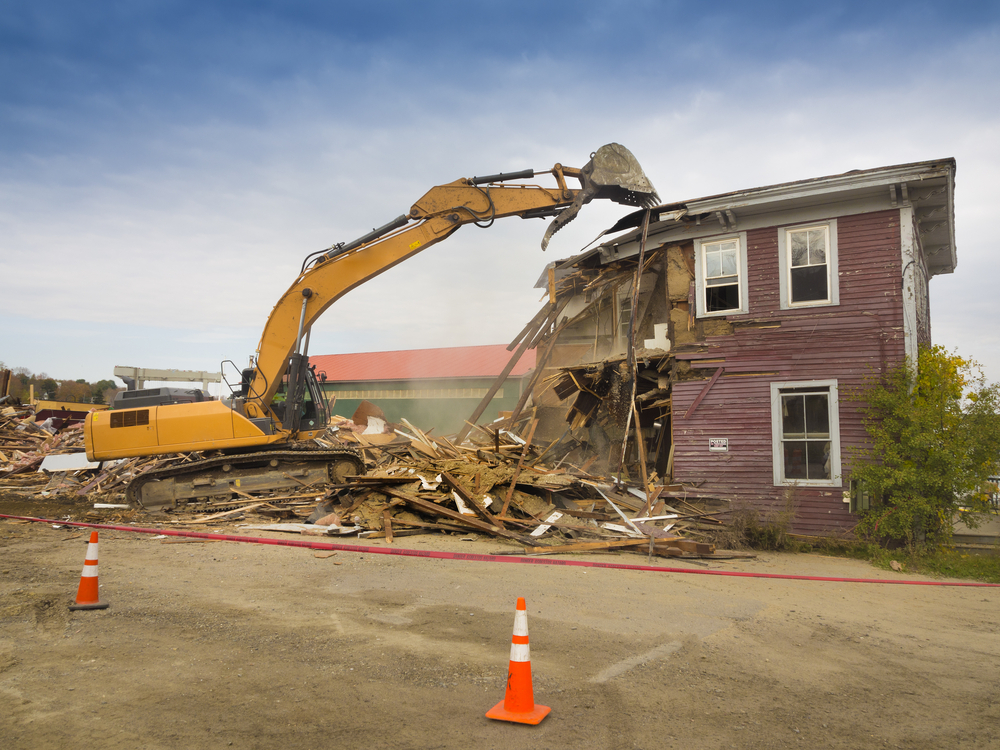Despite the sheen of a glossy new dwelling, the demolition of an old home intrinsically carries an environmental cost. When an old structure comes crashing down to give way to a new one, what is the ecological toll it exacts on our surroundings? How do we reconcile our love for contemporary living with the urgent call to protect our environment? Stirring much dust and debris, these environmental repercussions of home demolitions need our attention – not just on site but also extending well beyond the rules of remodeling.
This study dives deep into the murk of demolition dust, extracting the implications it has upon the planet. It unravels not only the obvious environmental costs but also the unexpected, hidden damages caused by our renovation frenzy.
Friends of the environment, design lovers, contractors, or homeowners - this write-up is for everyone seeking sustainable choices. It educates on the environmental impact of such ‘destructive construction’ and offers viable alternatives for consideration, ensuring a better, cleaner future for our favorite abodes.
The Environmental Impact Unveiled
While the very thought of tearing down an old structure might appear eco-destructive, it's crucial to understand the chain of impacts. Demolition generates a colossal amount of waste, which often finds its way to the local landfill. The building materials, comprising concrete, metal, wood and various other composite materials, do not get degraded easily.
Furthermore, the process leads to the release of harmful aerosols and pollutants into our atmosphere, sharp particles affecting not just air quality but also impacting human health. Additionally, the rampant use of heavy machinery leads to noise and vibration pollution, altering the tranquility of residential neighborhoods.
Lastly, inevitable it may seem, the loss of architectural heritage owing to indiscriminate demolitions is irreplaceable.
Prospecting Solutions: The Deconstruction Route
Unlike demolition that involves razing the structure, deconstruction involves methodically taking buildings apart to facilitate the maximum reuse and recycling of their components. Repurposing these materials can significantly reduce the waste generated.
This comes with an added advantage of recovering numerous valuable materials, reducing the demand for natural resources. Moreover, the quieter and slower process ensures reduction in noise and vibration pollution.
Deconstruction might be labor intensive and time-consuming, but it plays a critical role in minimizing the environmental impact.
Savoring History: Adaptive Reuse
Adaptive reuse of old structures, wherever feasible, is an attractive alternative. The charms of an old construction are retained, while updating it with modern amenities.
This option not only reduces landfill waste significantly but also aids in preserving the historical integrity of the building. Recognizing the true value of buildings in their architectural, historical or cultural context can indeed make this a viable model.
Is Green Demolition the Answer?
Also known as ‘soft demolition’, green demolition’s focus lies in recycling and reusing up to 90% of building materials. This conscientious approach sees to it that only the irreparable or recyclable sections of a building are demolished.
It optimizes energy use, substantially lowers emissions and waste, and reduces the use of new resources. Despite the slight escalation in costs, green demolition paves the way for sustainable and responsible building.
Policy Interventions and Eco-sensible Looking Forward
The brunt of the environmental implications of home demolitions can be reduced considerably by effective policy measures. Local governments can introduce stricter norms and incentives to promote waste segregation, deconstruction and recycling.
Living in an era where every choice counts, nothing less than a comprehensive understanding of our decisions’ impact, a combined effort of homeowners, architects, builders, and policy makers, can ensure we walk the path of sustainability.
Conclusion: Building a Sustainable Future
Unarguably, home demolitions leave a significant environmental footprint. While tearing down and building afresh might seem exciting, we should remain cognizant of the ecological cost associated.
Widening the adoption of deconstruction over demolition, encouraging adaptive reuse of old buildings, and favoring green demolition methods are steps in the right direction. They not only save the environmental cost but also offer novel architectural dimensions for our living spaces.
As we pivot towards a more informed, sustainable future, preserving our past's charm becomes a balancing act. A thoughtful decision today can potentially transform tomorrow's environmental landscape, reminding us – homes are not just built for us, but also for generations to come.








No comments: